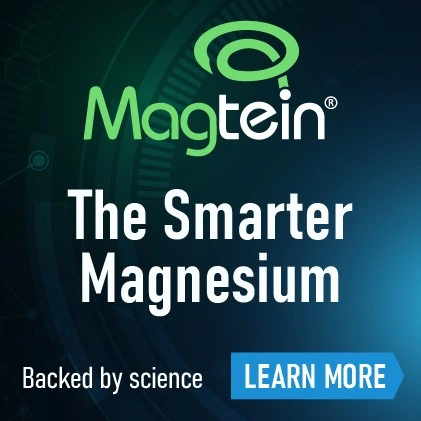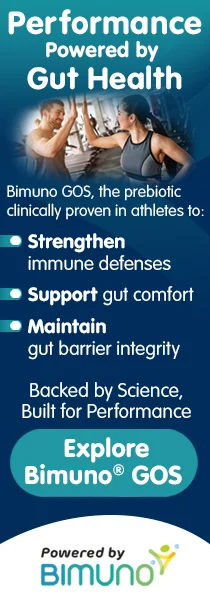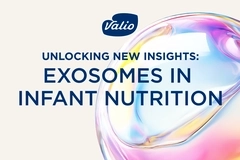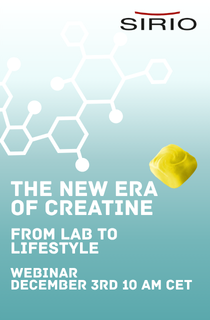Asian clean label surge? Seven out of ten Chinese consumers check front-of-pack claims, reports Innova Market Insights
11 Sep 2018 --- A growing number of Asian consumers are increasingly concerned with what is in their food and how it is produced – a market dynamic backed up by a new Innova Market Insights survey which shows that seven out of ten Chinese consumers check front-of-pack claims and logos. Making responsible food choices is a growing concept and Chinese consumers, who are driven by strong concerns over food safety, are really tapping into this as they seek out information about where their food comes. And it seems that sustainability and environmental concerns are key.
According to the study, 88 percent of Chinese consumers preferred food and beverage products that claimed to be more sustainable and planet-friendly, compared with 55 percent in the US and 52 percent in the UK.
At the same time, the use of ethical human, animal and environment claims for Asian launches as a whole had a CAGR of 54 percent over the 2013- 2017 period.
“Asian consumers are more aware than ever of the ingredients and claims appearing on labels, particularly those on front of pack,” says Lu Ann Williams, Director of Innovation at Innova Market Insights. “This is predominantly driven by their strong concern for food safety following several food scandals in the region relating to undisclosed contamination.”

Dairy boost for Asian market
One good example is how the combination of clean labeling and a healthy image has helped the Asian dairy market move forward in recent years.
Although dairy products tend not to be traditional fare in Asia, new product development and sales values have both grown to the point where it is second globally after Europe for both.
China, with annual dairy sales of US$40.1 billion (2016), is now the second largest single market after the US on US$54.1 billion (2018 estimate).
Clean label claims, such as organic, no preservatives and all natural, are some of the fastest growing in the region, with Innova Market Insights data indicating that no additives/preservatives was the leading health claim for Asian dairy products and the number three positioning overall in 2017, used for 16 percent of launches.
Other health claims are also popular with low-fat and digestive/gut health used for 12 percent of launches each and there is also growing use of protein content, energy/alertness and added calcium claims, as well as ongoing interest in vitamin and mineral fortification.
Another signal of success is the fact that Yogurt sales in China are set to overtake milk sales for the first time.
China’s dairy giants have been successful in developing the spoonable yogurt market, despite it being a relatively new product to the country, by focusing on its nutritious image.
It is moving into staple status, with that now given as the primary reason for purchase across the major Northern and South East Asian markets, ahead of it being healthy.
Across both subregions, more than 60 percent of respondents stated that their yogurt consumption increased because of the health benefits associated with it.
“Today’s consumer displays a high level of mindfulness about wellbeing and the environment overall,” adds Williams. “So it is no surprise that consumers are becoming increasingly mindful in their food choices, wanting to know what is in their foods in order to make decisions about health, sustainability, and ethical issues.”
Innova Market Insights tipped “Mindful Choices” to be the number one food and beverage trend this year which centers on how the increasingly thoughtful and mindful consumer will continue to catalyze changes in the way that companies produce, package and label their products. The other element driving the “mindful choice” trend is about peace of mind while making a positive impact in the world, through ethical claims.
Vitafoods Asia
Innova Market Insights will be presenting its findings, as well as key insights into other categories and markets, at Vitafoods Asia 2018. This year’s event, held in Singapore starting today, features over 300 exhibitors, marking a growth of 40 percent since 2017. This year’s exhibition covers a range of aspects of the development and application of nutraceuticals, through to product positioning, branding and marketing, inclusive of how to overcome regulatory challenges in various markets, according to the organizers.
Health care spending in the Asia-Pacific region is anticipated to double by 2050, opening opportunities to market alternative remedies and fortified foods. Joint health, gut health, bone health and weight management are expected to be future demand drivers. Some key topics at the exhibition will be functional foods and beverages, addressing malnutrition, food fortification and processing food to protect bioactive ingredients.
















